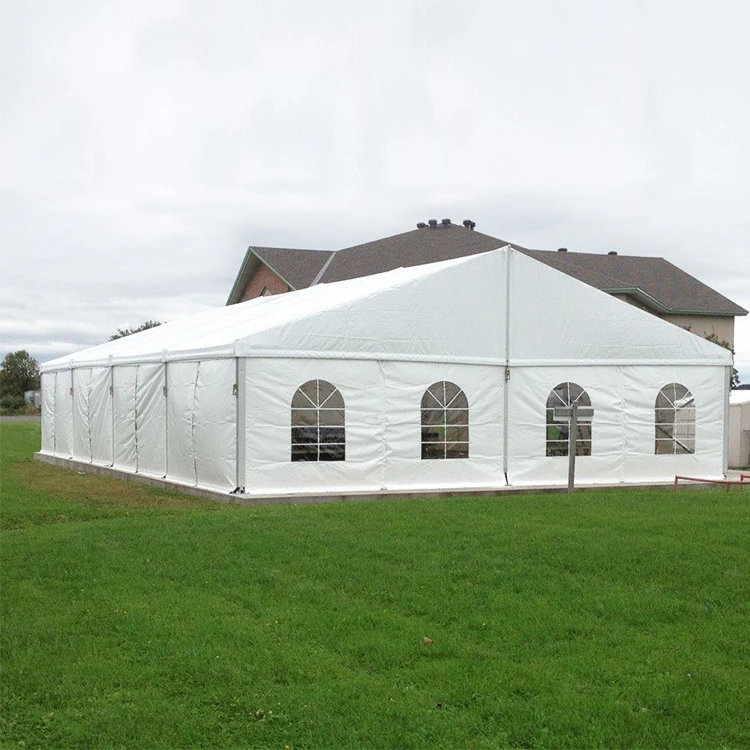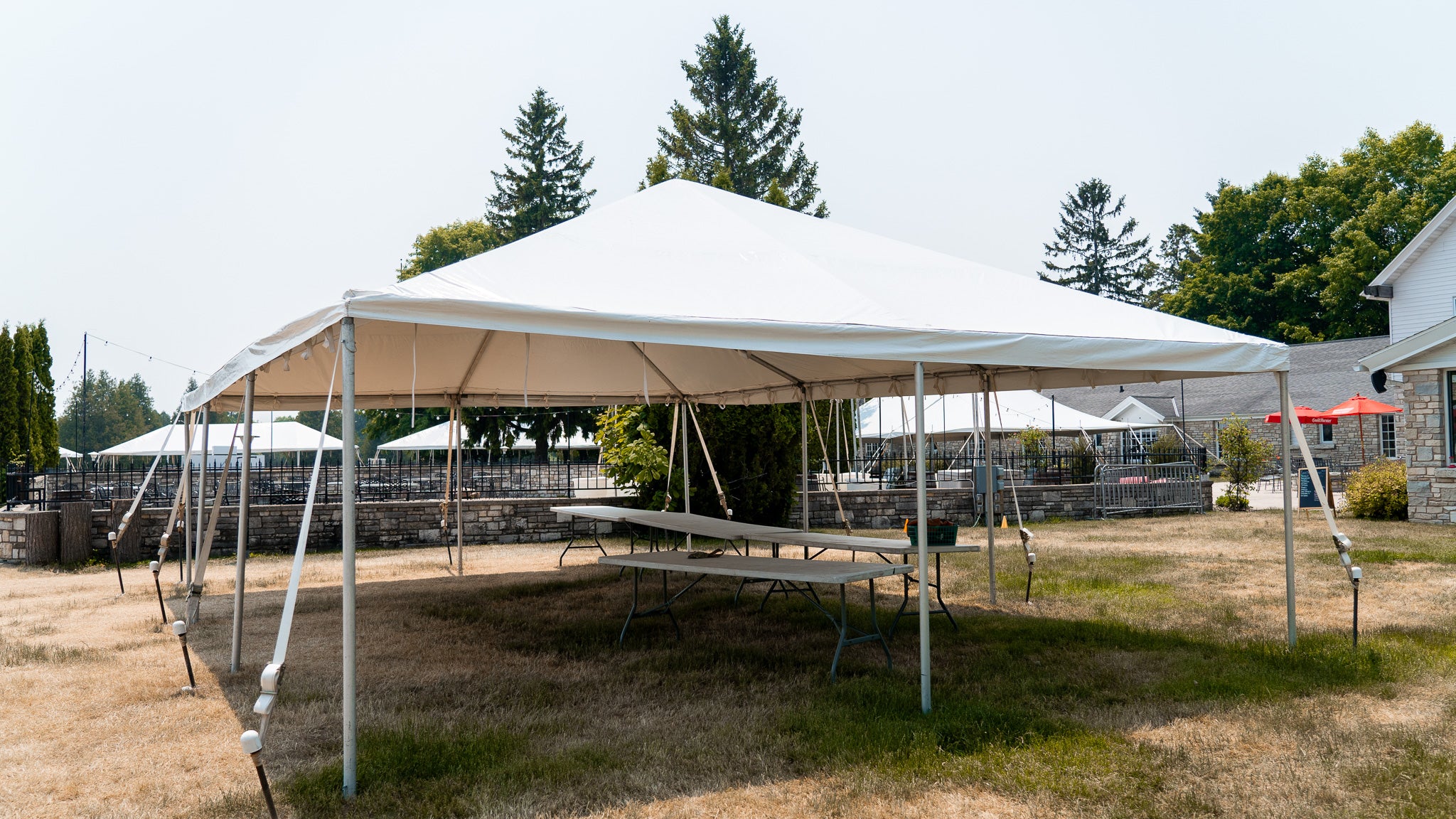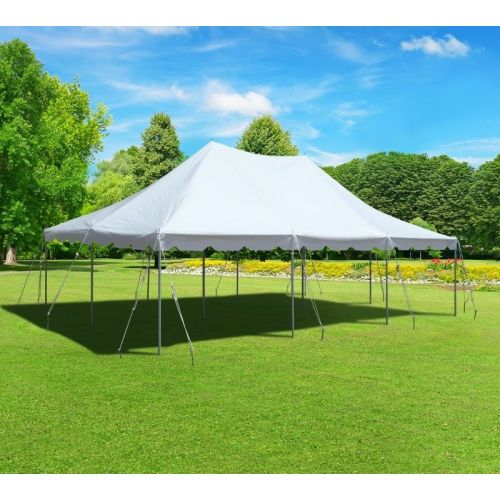20X30 Commercial Tent For Sale – It doesn’t fall apart after a few uses, nor does it need to be replaced after a season. For some, it’s a matter of balancing budgetary constraints with their desire for quality. For sellers, the challenge lies in pricing items fairly and accurately representing their condition. From the most trivial items in a dollar store to the most precious works of art in a museum, everything can be assigned a price. In conclusion, the market for second-hand goods for sale is an ever-growing and dynamic space that offers numerous benefits to both buyers and sellers. In this sense, online second-hand markets have not only made pre-owned goods more accessible but have also made them more desirable, offering an alternative to the mass-produced, one-size-fits-all nature of new products. But in reality, even the most profound relationships can be commodified in some way. Once an agreement is reached, the final step is the legal transfer of ownership. Whether it’s an item, a service, or even a person, the act of being “for sale” represents a moment of transition, a shift from one stage of life to another. This ensures that the product is fully functional and free of defects, providing peace of mind for buyers. There are those who argue that not everything should be for sale. Thrift stores, consignment shops, and online marketplaces like eBay and Poshmark provide a platform for people to sell or buy pre-owned high-quality goods. For some, selling a business is a proactive decision to move on to new ventures, while for others, the sale might be the result of external factors, such as market downturns, changing consumer preferences, or regulatory shifts. Many high-quality products come with a rich history, whether it’s the legacy of a renowned brand or the personal touch of a local maker. Second-hand goods for sale are no longer seen as inferior or out-of-date, but rather as a conscious, stylish, and eco-friendly choice. It’s a phrase that, at first glance, may seem simple and straightforward. For many, owning a quality product means owning a piece of history, a connection to something larger than themselves. The idea that everything has a price, and that everything is for sale, may seem like a grim outlook, but it’s one that has become increasingly true. Yet, even within this system, there is room for hope. In a circular economy, items are kept in use for as long as possible, reducing the need for new resources and minimizing environmental harm.

20 x 30 Frame Tent for Sale American Tent
Gold standard tentstop tier customer supportwhite glove service

Party tents for sale 20 x 30
Gold standard tentstop tier customer supportwhite glove service

20 x 30 Commercial Pole Tent for Sale American Tent
Gold standard tentstop tier customer supportwhite glove service

20 x 30 Commercial Pole Tent for Sale American Tent
Gold standard tentstop tier customer supportwhite glove service

COSCO Professional Custom Outdoor Aluminium Frame Special Polygonal
Gold standard tentstop tier customer supportwhite glove service

20×30 Frame Tent for Sale American Tent
Gold standard tentstop tier customer supportwhite glove service

20×30 Frame Tent for Sale American Tent
Gold standard tentstop tier customer supportwhite glove service

20×30 Frame Tent for Sale American Tent
Gold standard tentstop tier customer supportwhite glove service

20 x 30 Frame Tent for Sale American Tent
Gold standard tentstop tier customer supportwhite glove service

20' X 30' Commercial Aluminum Pole Tent White
Gold standard tentstop tier customer supportwhite glove service
Whether through thrift stores, flea markets, online platforms, or garage sales, second-hand goods provide consumers with an opportunity to find items they might not otherwise be able to afford, while also contributing to a circular economy where products are reused and repurposed. These goods, once owned and used by someone else, offer a unique opportunity for both sellers and buyers to exchange items that might otherwise go unused. Workers are often paid meager wages for their labor, while corporations amass wealth. Whether it’s a high-end designer handbag, a gently used sofa, or a vintage record player, the price difference between a new and a second-hand item can be significant. From the most trivial items in a dollar store to the most precious works of art in a museum, everything can be assigned a price. Whether it’s a car, a house, or a simple piece of furniture, there’s a process that unfolds. This has made it easier for people to find items that might have otherwise been out of reach, whether it’s a rare collectible, an antique, or a product from another country. For some, it’s a matter of balancing budgetary constraints with their desire for quality. For the buyer, there is the risk of inheriting a business with hidden problems or liabilities that were not disclosed during the due diligence process. In times of financial hardship, such as during recessions or periods of high unemployment, more people may turn to second-hand goods as a way to save money. One of the key defining features of quality goods for sale is their ability to stand the test of time. This creative process not only gives new life to old objects but also encourages people to think outside the box when it comes to the things they buy and use. The idea of “buying quality” is not just a luxury; it’s a mindset that encourages consumers to think beyond the momentary gratification of cheap purchases and focus instead on long-term value and satisfaction. Even in a marketplace where everything is commodified, there is still room for those moments and experiences that transcend value. Sellers often find themselves in a strange position, balancing the emotional attachment to the item with the rational need to let it go. It is subjective, shaped by cultural norms, individual preferences, and the evolving standards of various industries. The concept of quality, however, is not a one-size-fits-all. The business-for-sale market continues to evolve, influenced by economic trends, technological advancements, and shifts in consumer behavior, but one thing remains clear: buying and selling businesses will always be a fundamental part of the global economy. This subjective nature of value is what makes the “for sale” market so dynamic. In addition to individual sales, online marketplaces often feature businesses and professional sellers who specialize in second-hand goods, providing buyers with a curated selection of high-quality items.
The concept of quality, however, is not a one-size-fits-all. While buying and selling second-hand items can come with its challenges, the rewards—both financially and environmentally—make it a worthwhile pursuit for many people. A home, a car, a piece of jewelry, a moment in time, a relationship — all of these things, at some point, become commodities. But is this a reflection of reality? Or is it an illusion we’ve created, an idea we’ve accepted in order to make sense of a world that increasingly revolves around consumption and profit?
At the core of this idea lies the assumption that everything, no matter how unique or rare, can be exchanged. Both buyers and sellers should approach transactions with honesty and transparency to ensure a smooth exchange. Whether you’re the seller or the buyer, the phrase “for sale” is a reminder that everything in life is in constant motion, always moving toward something new, something different, something better. The same logic applies to tools, kitchen appliances, furniture, and even technology. In both cases, there’s a sense of vulnerability. Whether it’s funding education, supporting homelessness services, or providing medical assistance, the money spent in second-hand shops can contribute to making a difference in the lives of others. For example, an old wooden chair might be sanded down and refinished into a modern piece of furniture, or a vintage dress might be altered to fit a contemporary style. Are there things that should be kept beyond the realm of trade? Or has the marketplace — with its insatiable demand and promise of exchange — seeped into every facet of our being?
If everything is for sale, then the concept of value itself becomes fluid, subjective, and often manipulated. For many people, there is something uniquely satisfying about sifting through racks of clothes, rummaging through bins of books, or browsing shelves of home goods in search of that perfect item. Electronics are another category of second-hand goods that have seen a rise in popularity. The longer something is used, the less likely it is to contribute to the growing problem of waste. Historically, many products were made by local craftsmen, and there was a direct relationship between the creator and the consumer. We are all participants in a vast, interconnected economy, one that doesn’t just involve physical goods but extends to ideas, relationships, and even identities. The second-hand market is not just about saving money; it’s about embracing a more sustainable, mindful way of consuming that values reuse, repurposing, and the stories behind the items we choose to keep. The materials used, whether it’s hardwood, durable fabrics, or premium upholstery, are chosen for their longevity and aesthetic appeal. Similarly, in relationships, individuals may feel as though they are selling themselves, presenting their best qualities and hoping for the best outcome. When people buy second-hand items, they are extending the life cycle of those goods, which means fewer products end up in the trash.